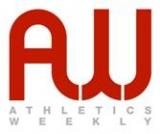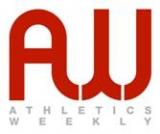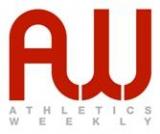Folders |
The benefits of sports massagePublished by
Sports massage has grown in popularity and is now not the exclusive territory of elite athletes, as Eleanor Jones explainsNot sure how best to incorporate massage into your training schedule and also what you can expect from a therapist and how to find one? Sport scientist Eleanor Jones reveals all. What is it?Sports massage focuses on treating the soft tissues. The aim can be to aid recovery from training or injury or to warm up and cool down before a workout or competition. It isn t a new speciality and the techniques used have been refined over the years by other manual therapists including physiotherapists, osteopaths and even doctors. However, these professionals don t always have the required time to do targeted soft-tissue work and this is where a massage therapist is useful. What does a session involve?Massage techniques include effleurage (warming-up, relaxation and preparation for deeper work), kneading, compressions, longitudinal and cross-fibre friction and tapotement (cupping or slapping for stimulation). A therapist may also use other soft tissue techniques such as stretching, myofascial release and soft-tissue release, which are designed to increase mobility and range. How much can it cost?Expect to pay between 20 and 50 for an hour-long treatment. Event therapists may be cheaper, though. Who does sports massage?You may find a personal trainer who offers massage as part of his or her portfolio or a full-time therapy professional. All have to be qualified, although the differences in what that encompasses can be quite diverse. Umbrella organisations such as the Sports Massage Association set baseline criteria for entry for their members. It is worth checking out the following: evidence of certification, previous experience, public liability and professional indemnity insurance. What are the benefits?There is good evidence for the psychological effect of massage and its usefulness in treating injuries. These benefits will be felt with regular treatments (a minimum frequency would be one every three to four weeks): Improved relaxation Decreased muscle tension Increased range of motion Scar tissue modelling Better healing by increasing blood flow to the affected area Mitochondrial growth (the muscle s power-station) The evidence on acute recovery such as lactate removal or subsequent performance benefits isn t as comprehensive. However, these studies are often limited methodologically and don t reflect real life scenarios. Eleanor Jones is senior sport scientist at the University of Birmingham and a BASES accredited sport scientist with an IOC diploma in sports nutrition The post The benefits of sports massage appeared first on Athletics Weekly. Read the full article at: www.athleticsweekly.com
|







